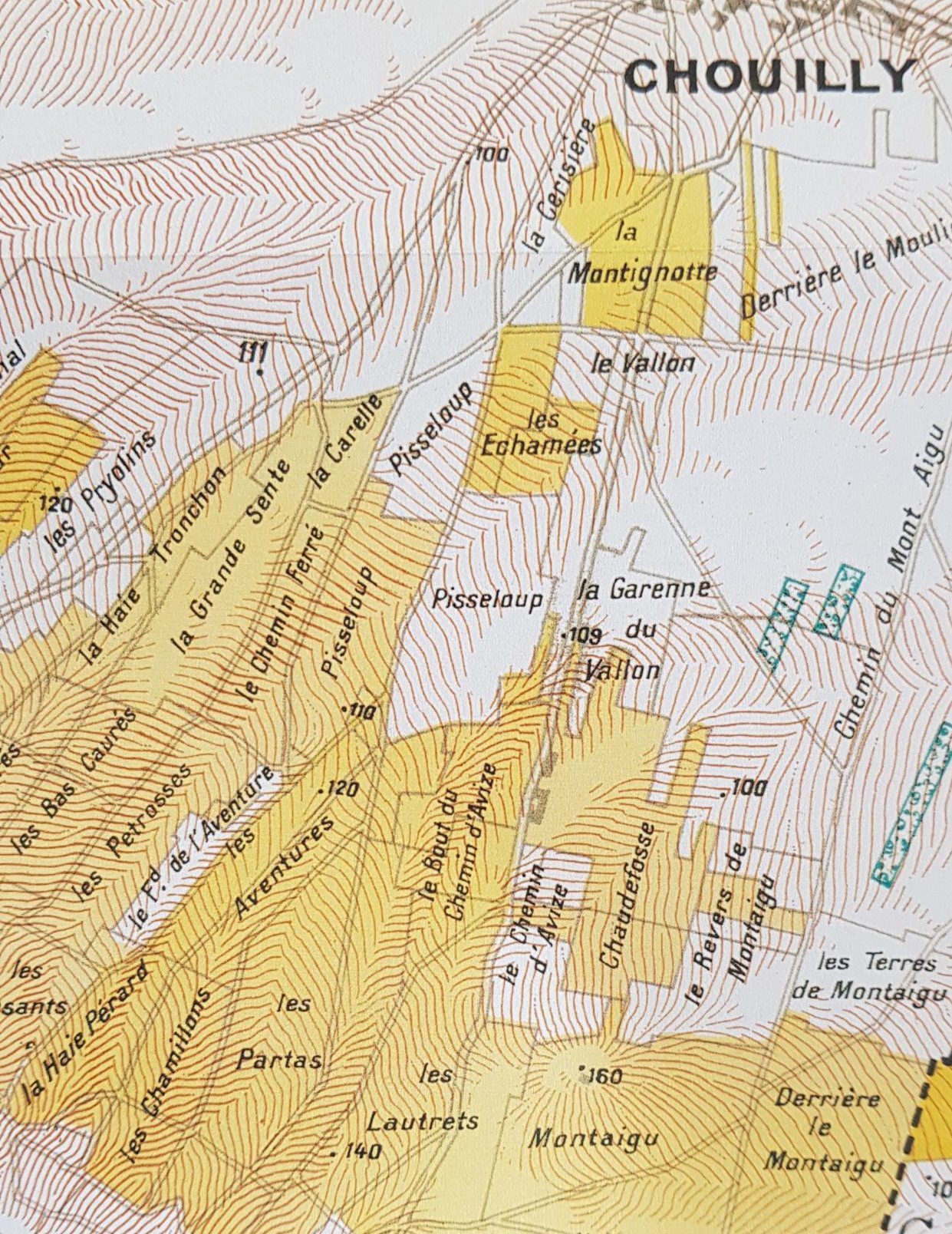As soon as they arrived at the estate in the 1990s, Anne and Antoine initiated a plot-by-plot, step-bystep approach in the vineyards, something that was quite original for Champagne at the time.
If blending remains the signature of the wines of Champagne, the crafting of wines made from certain parcels
allows us to reveal the unique qualities of those parcels.

As soon as they arrived at the estate in the 1990s, Anne and Antoine initiated a plot-by-plot, step-bystep approach in the vineyards, something that was quite original for Champagne at the time.
If blending remains the signature of the wines of Champagne, the crafting of wines made from certain parcels
allows us to reveal the unique qualities of those parcels.
This hand-crafted approach can be seens at every stage of the development of our wines.
At the harvest, the grapes are picked by hand, carefully sorted and then pressed in one of our 3 traditional wooden presses
All of the musts are tasted, evaluated and vinified in respect of their particular qualities in order to get the best out of them.
No dogmatism dictates our decisions, choices that we make based on our experience and our commitment to quality.
This hand-crafted approach can be seens at every stage of the development of our wines.
At the harvest, the grapes are picked by hand, carefully sorted and then pressed in one of our 3 traditional wooden presses
All of the musts are tasted, evaluated and vinified in respect of their particular qualities in order to get the best out of them.
No dogmatism dictates our decisions, choices that we make based on our experience and our commitment to quality.
The wines are then aged accordingly in either thermoregulated stainless steel tanks,
one of our 200 wooden barrels (225L) or one of our 9 wooden « foudres » (5000L) for a strictly-controlled first fermentation.
Our reserve wines, which represent the equivalent of one year of production at the house, are kept according to the principle of the perpetual reserve.
Thus, each year, part of the harvest is used to refresh this reserve, the balance serving as the base wines we use for blending.
Since 2010, this reserve has been largely kept in magnums under natural cork for a minimum of 4 years.
Although the implementation of such a process is indeed time-consuming and expensive, it is a natural part of a winemaking process constantly in search of perfection.
The « mag » series from AR Lenoble is a testament to our new generation of champagnes, wines that have increased in aromatic complexity
while preserving their precision and freshness,
an even more relevant choice in the context of climate change.
The « mag » series from AR Lenoble is a testament to our new generation of champagnes, wines that have increased in aromatic complexity
while preserving their precision and freshness,
an even more relevant choice in the context of climate change.
